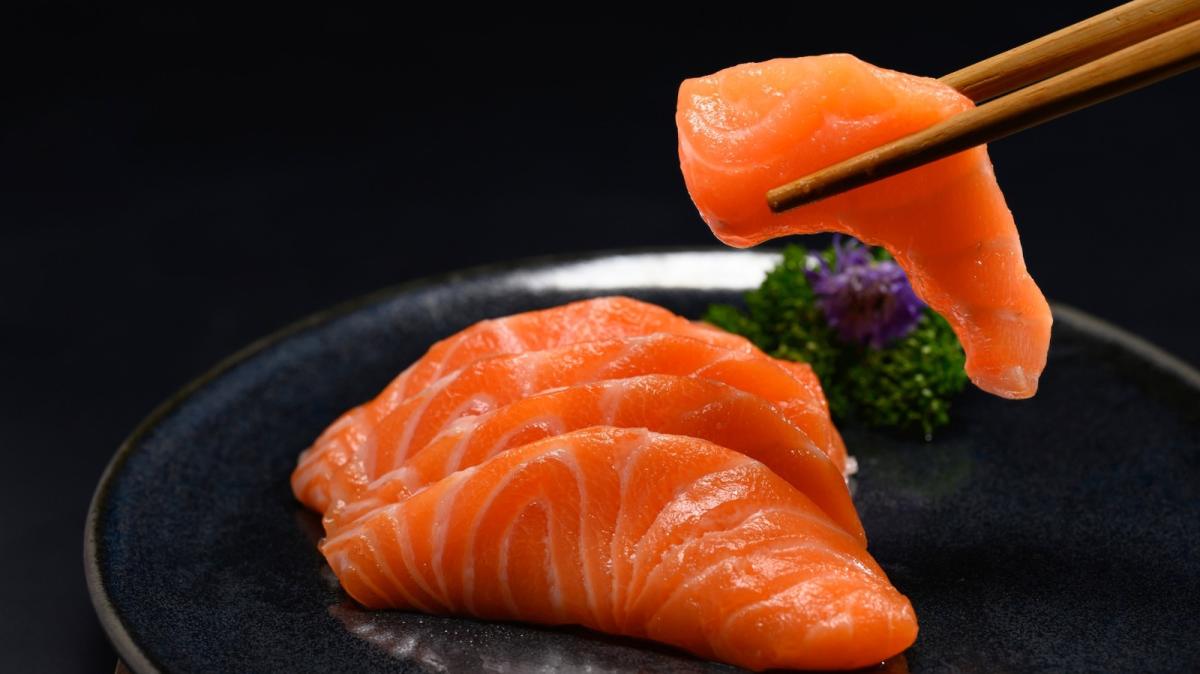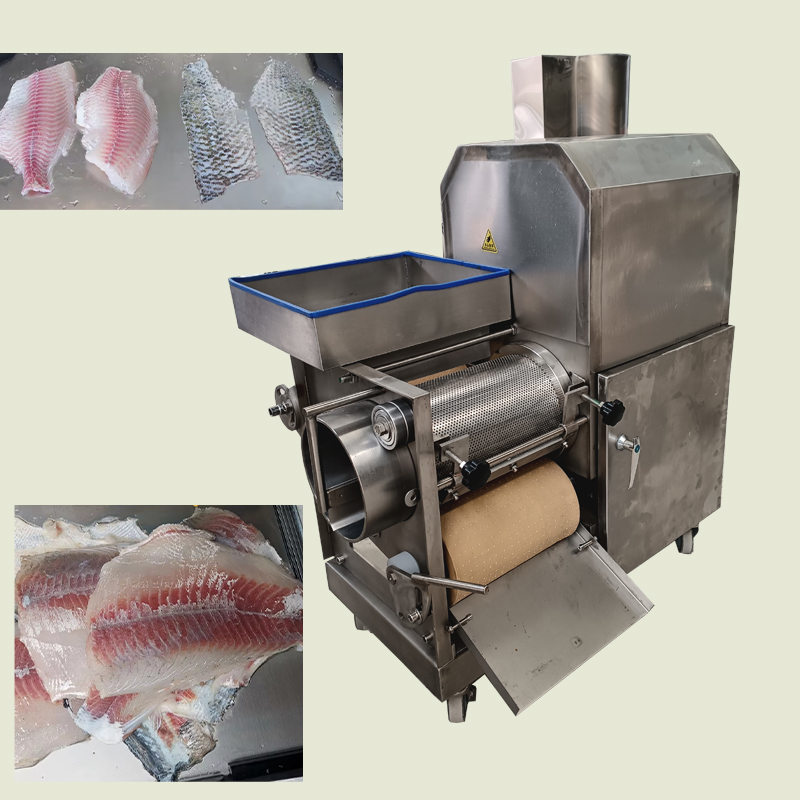10 years of experience as a food machinery equipment manufacturer
10 years of experience as a food machinery equipment manufacturer
In the realm of modern food processing, particularly within the seafood industry, efficiency and resource maximization are paramount. Fish meat separators, sometimes referred to as deboning machines or meat-bone separators, represent a significant technological advancement in this sector. These devices are engineered to efficiently retrieve fish flesh from bones, skin, and fins, a process that was traditionally labor-intensive and often resulted in lower yields. The development and refinement of such machinery have had a profound impact on how fish is processed globally, enabling the production of a wide range of value-added seafood products.

The core principle behind these machines is the mechanical separation of soft tissue (meat) from hard components (bones and skin). This technology is particularly crucial for utilizing fish that might be difficult to debone manually, such as smaller species or those with complex skeletal structures. By automating this process, seafood processors can significantly enhance productivity, improve the consistency of the end product, and make better use of the raw material.
Most fish meat separators operate on a relatively straightforward yet effective mechanical principle. Typically, the fish, which may be whole (after gutting and heading) or in pieces, is fed into the machine. Inside, it encounters a system usually comprising a flexible, high-tensile belt and a perforated drum. The belt presses the fish against the rotating drum. The pressure applied is carefully calibrated to force the softer fish meat through the small holes of the drum, while the harder components like bones, skin, and fins are retained on the outside of the drum and are subsequently discharged as waste or for further processing into by-products like fishmeal.
The size of the perforations in the drum is a critical factor, as it determines the texture of the recovered meat and the efficiency of separation. Different drums with varying hole sizes can often be used to accommodate different types of fish or to achieve specific characteristics in the final minced fish product. The tension of the belt and the speed of the drum are also adjustable parameters that influence the separation process, allowing operators to optimize performance for various fish species and conditions.
The adoption of fish meat separation technology offers a multitude of benefits to seafood processors. These advantages contribute to more efficient, economical, and sustainable operations.
The minced fish meat recovered by these separators serves as a versatile base ingredient for a vast range of seafood products. Its most prominent application is in the production of surimi, a refined fish protein paste that is the foundation for items like imitation crab meat, fish balls, and kamaboko. The consistent texture and purity of machine-separated meat are ideal for these applications.
Beyond surimi, the separated fish meat is also used to create fish burgers, patties, fish sausages, fish fingers, and fillings for various food items. In restaurant and catering industries, smaller-scale separators can allow chefs to utilize fish trimmings or less common species more effectively, creating unique dishes while minimizing waste. Furthermore, the technology supports the fishery industry by enabling the processing of bycatch or underutilized species that might otherwise be discarded, turning them into valuable food resources.
When discussing advanced food processing equipment, machinery developed in Japan often garners attention for its engineering precision, durability, and innovative features. In the context of fish meat separators, this reputation is well-established. The Japanese seafood industry, characterized by its high standards for quality and efficiency, has historically driven significant advancements in fish processing technology. Consequently, fish meat separators of Japanese origin are frequently associated with meticulous design and construction, focusing on maximizing yield while preserving the delicate texture and quality of the fish meat.
These machines often incorporate sophisticated adjustments for pressure and speed, allowing for fine-tuning to suit specific fish types, from small pelagic species to larger demersal fish. The materials used, typically high-grade stainless steel, are selected for longevity and ease of sanitation, aligning with stringent food safety regulations. Innovations may also include features designed to minimize temperature rise in the meat during processing, which is crucial for maintaining freshness and quality. While not exclusive to Japanese models, the consistent emphasis on these aspects has contributed to their strong presence in the global market for high-performance fish processing equipment.
To ensure optimal performance and longevity of a fish meat separator, several operational factors and maintenance practices are important. Proper pre-processing of the fish, such as gutting, heading, and sometimes scaling, can significantly improve the efficiency of the separation and the quality of the recovered meat. The raw material should be fresh and handled hygienically prior to feeding into the machine.
Operators must be trained to correctly adjust machine settings, such as belt tension and drum speed, according to the type and condition of the fish being processed. Regular cleaning is paramount; machines should be thoroughly cleaned and sanitized after each operational cycle to prevent bacterial growth and cross-contamination. This usually involves disassembling key components like the drum and belt. Routine maintenance, including checking for wear and tear on belts, bearings, and seals, and ensuring proper lubrication of moving parts as per manufacturer guidelines, will extend the equipment’s service life and maintain its efficiency.

In conclusion, fish meat separators have become an indispensable tool in the modern seafood processing industry. Their ability to efficiently extract high-quality fish meat from bones and skin offers substantial economic, operational, and quality advantages. From large-scale commercial plants producing surimi and other comminuted fish products to smaller enterprises seeking to maximize resource utilization, these machines provide a practical solution for enhancing value and reducing waste.
The continued refinement of this technology, partly driven by engineering traditions seen in regions like Japan known for their seafood processing expertise, ensures that fish meat separators will play an increasingly vital role in sustainably meeting the global demand for seafood products. Their contribution to improving yield, ensuring product quality, and enabling the creation of diverse food items underscores their significance in the food production value chain.
